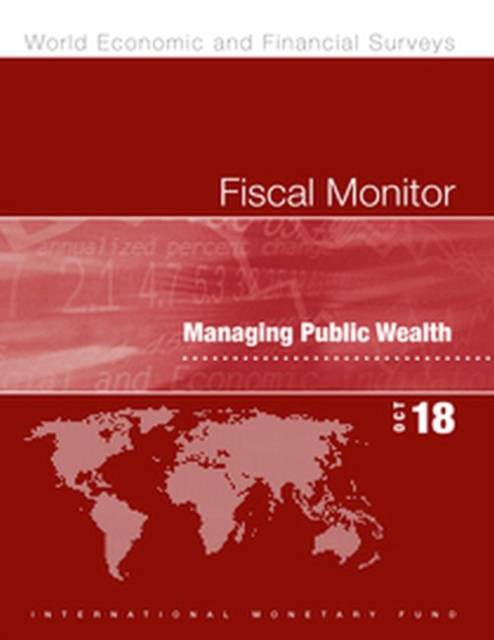
Door een staking bij bpost kan je online bestelling op dit moment iets langer onderweg zijn dan voorzien. Dringend iets nodig? Onze winkels ontvangen jou met open armen!
- Afhalen na 1 uur in een winkel met voorraad
- Gratis thuislevering in België vanaf € 30
- Ruim aanbod met 7 miljoen producten
Door een staking bij bpost kan je online bestelling op dit moment iets langer onderweg zijn dan voorzien. Dringend iets nodig? Onze winkels ontvangen jou met open armen!
- Afhalen na 1 uur in een winkel met voorraad
- Gratis thuislevering in België vanaf € 30
- Ruim aanbod met 7 miljoen producten
Zoeken
€ 62,95
+ 125 punten
Omschrijving
Public sector balance sheets provide the most comprehensive picture of public wealth. They bring together all the accumulated assets and liabilities that the government controls, including public corporations, natural resources, and pension liabilities. They thus account for the entirety of what the state owns and owes, offering a broader fiscal picture beyond debt and deficits. Most governments do not provide such transparency, thereby avoiding the additional scrutiny it brings. Better balance sheet management enables countries to increase revenues, reduce risks, and improve fiscal policymaking. There is some empirical evidence that financial markets are increasingly paying attention to the entire government balance sheet and that strong balance sheets enhance economic resilience. This issue of the Fiscal Monitor presents a new database that shows comprehensive estimates of public sector assets and liabilities for a broad sample of 31 countries, covering 61 percent of the global economy, and provides tools to analyze and manage public wealth. Estimates of public wealth reveal the full scale of public assets and liabilities. Assets are worth US$101 trillion or 219 percent of GDP in the sample. This includes 120 percent of GDP in public corporation assets. Also included are natural resources that average 110 percent of GDP among the large natural-resource-producing countries. Recognizing these assets does not negate the vulnerabilities associated with the standard measure of general government public debt, comprising 94 percent of GDP for these countries. This is only half of total public sector liabilities of 198 percent of GDP, which also includes 46 percent of GDP in already accrued pension liabilities. Once governments understand the size and nature of public assets, they can start managing them more effectively. Potential gains from better asset management are considerable. Revenue gains from nonfinancial public corporations and government financial assets alone could be as high as 3 percent of GDP a year, equivalent to annual corporate tax collections across advanced economies. In addition, considerable gains could be realized from government nonfinancial assets. Public assets are a significant resource, and how governments use and report on them matters, not just for financial reasons, but also in terms of improving service delivery and preventing the misuse of resources that often results from a lack of transparency.
Specificaties
Betrokkenen
- Auteur(s):
- Uitgeverij:
Inhoud
- Aantal bladzijden:
- 104
- Taal:
- Engels
- Reeks:
Eigenschappen
- Productcode (EAN):
- 9781484367612
- Verschijningsdatum:
- 10/10/2018
- Uitvoering:
- Paperback
- Formaat:
- Trade paperback (VS)
- Afmetingen:
- 216 mm x 282 mm
- Gewicht:
- 412 g

Alleen bij Standaard Boekhandel
+ 125 punten op je klantenkaart van Standaard Boekhandel
Beoordelingen
We publiceren alleen reviews die voldoen aan de voorwaarden voor reviews. Bekijk onze voorwaarden voor reviews.











